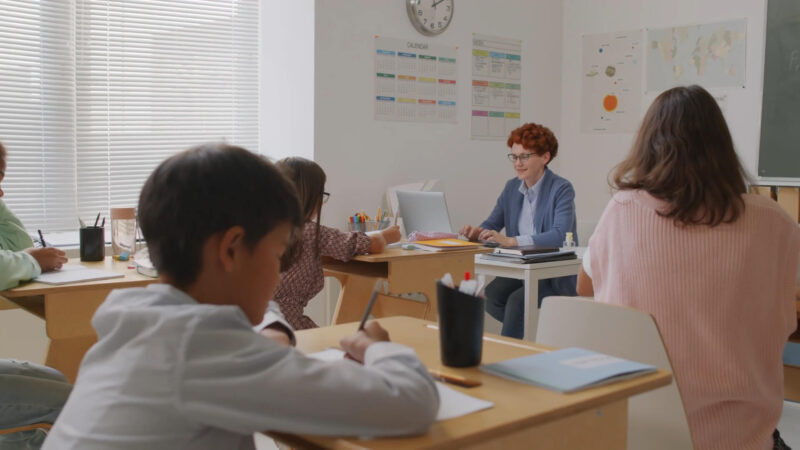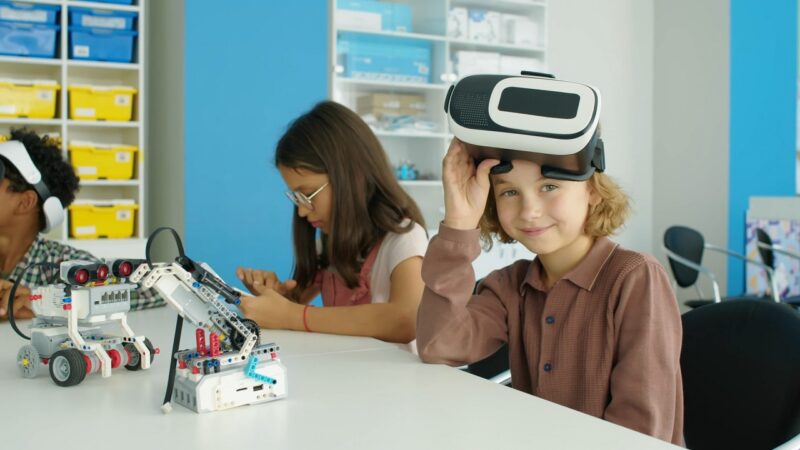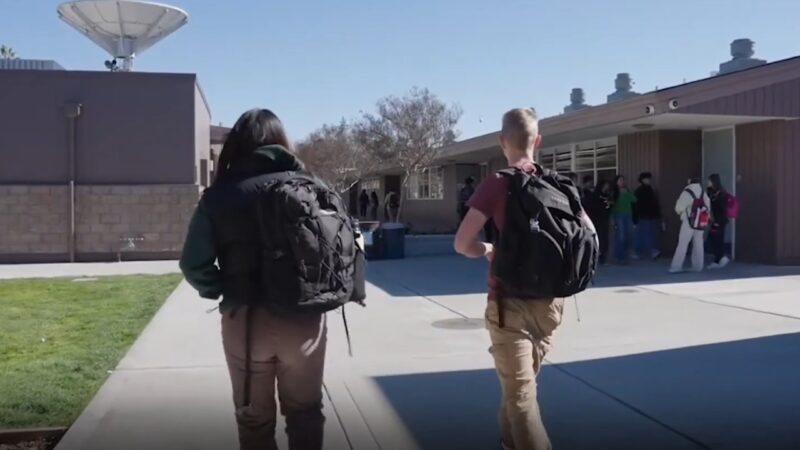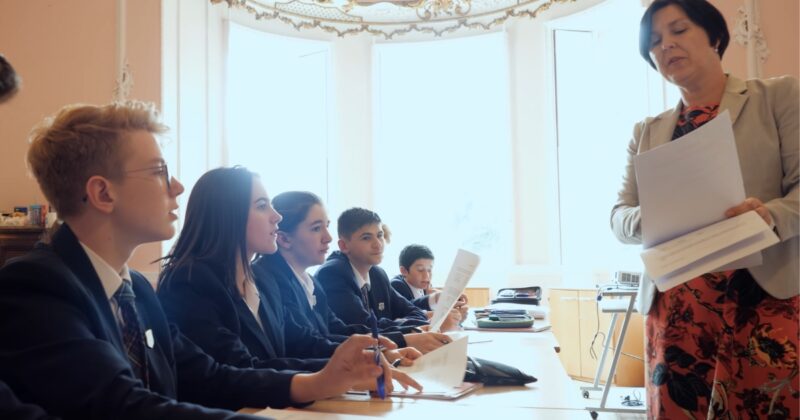Are you searching for new ways to inject some life into the teaching of your novels? I use the pocket app to save great pieces of nonfiction that I come across.
Engaging students with diverse, real-world content like this not only enriches their understanding but also fosters critical thinking and empathy, essential skills in today’s education landscape.
Typically, I go back each month and revisit some old classics that get pushed further down the line with each article that I add.
Here are five favorites from the last few years and some suggestions about the novels with which they can be paired. It is not an exclusive list.
1. I Am An Object Of Internet Ridicule, Ask Me Anything

by C. D. Hermelin/ The Awl
Pair it with: The Catcher in the Rye
Topic: Phoniness
“A picture of me typewriting had made it to the front page of Reddit. For those who don’t know, being on the front page of Reddit is hallowed ground—the notoriety of being on the front page can launch careers, start dance crazes, inspire Hollywood…. But the overwhelming negativity towards me, and the “hipster scum” I represented, was enough to make me get up from my computer, my heart racing, my hands shaking with adrenaline.”
2. The Only Black Guy at the Indie Rock Show
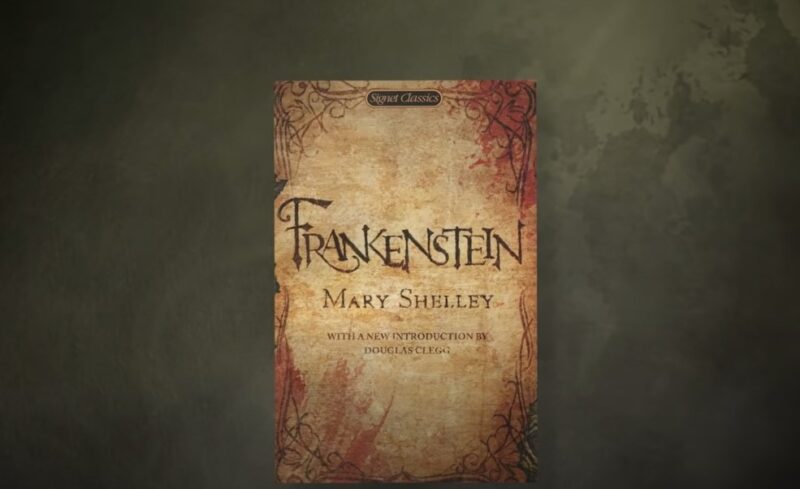
by Martin Douglas/ MTV Hive
Pair it with: Frankenstein
Topic: Cultural Assimilation/ Identity
“When I listened to rock music as a kid, it often felt like I was sneaking past the guards of racial barriers and into a cool party I wasn’t invited to. But I didn’t want to feel that way. I just wanted to enjoy the music just like everybody else.”
3. Is Google Making Us Stupid: What the Internet is Doing to Our Brains
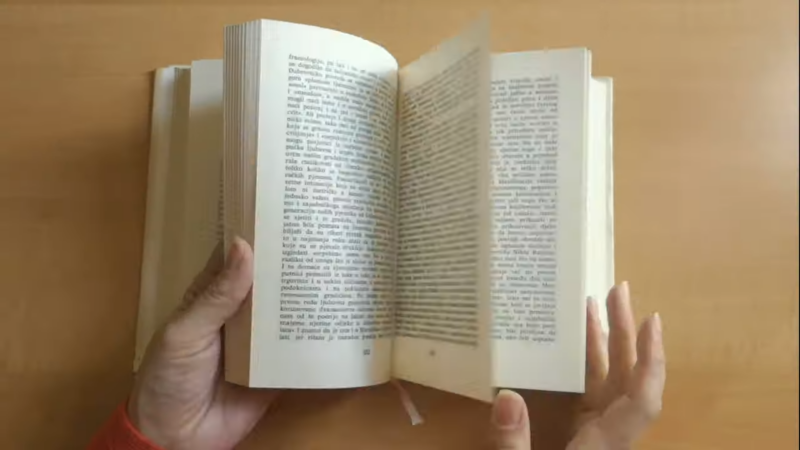
by Nicholas Carr/ The Atlantic
Pair it with: Fahrenheit 451
Topic: The future of reading
“I can feel it, too. Over the past few years I’ve had an uncomfortable sense that someone, or something, has been tinkering with my brain, remapping the neural circuitry, reprogramming the memory. My mind isn’t going—so far as I can tell—but it’s changing. I’m not thinking the way I used to think. I can feel it most strongly when I’m reading.”
4. The Solitary Leaker

by David Brooks/ The New York Times
Pair it with: 1984
Topic: Trust within a society
“Big Brother is not the only danger facing the country. Another is the rising tide of distrust, the corrosive spread of cynicism, the fraying of the social fabric and the rise of people who are so individualistic in their outlook that they have no real understanding of how to knit others together and look after the common good.”
5. Our Kind of Ridiculous: Yous, Mes, and Blackness as Probable Cause
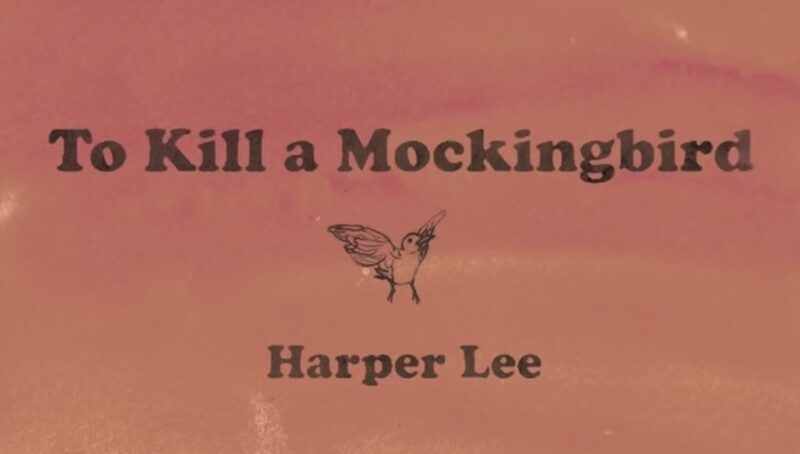
by Kiese Laymon/ Gawker
Pair it with: To Kill a Mockingbird
Topic: Race
“If white American entitlement meant anything, it meant that no matter how patronizing, unashamed, deliberate, unintentional, poor, rich, rural, urban, ignorant, and destructive white Americans could be, black Americans were still encouraged to work for them, write to them, listen to them, talk with them, run from them, emulate them, teach them, dodge them, and ultimately thank them for not being as fucked up as they could be.”
* Warning: as you can see from the quote above, this article has some pretty explicit language.
Encouraging Students to Draw Connections Between Classic Novels and Current Events
Linking classic literature to today’s issues can help students find new relevance in old texts. It’s a method that can bring a deeper appreciation for the literature and the current world.
A practical approach is to pair novels with articles on contemporary events that echo the novel’s themes. For instance, while studying “To Kill a Mockingbird,” students might explore current articles on racial injustice and law enforcement to enrich their learning experience.
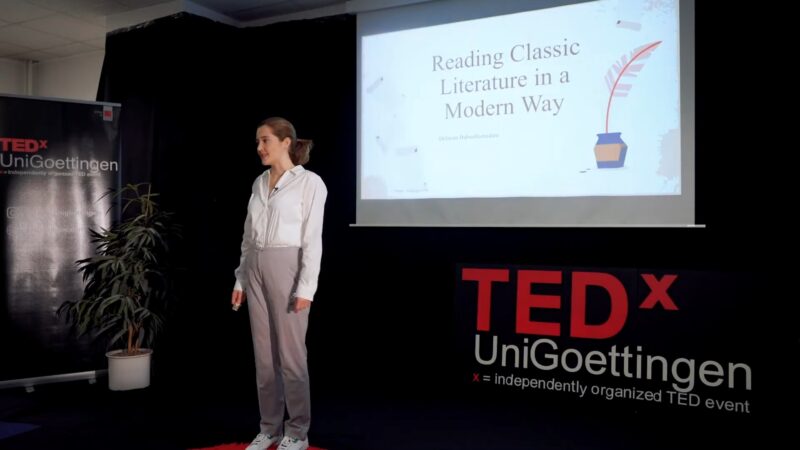
Students can also investigate current issues that reflect the themes of the novel they’re reading.
For example, with “The Great Gatsby,” they might look into the modern wealth disparity.
Additionally, teachers can spark class discussions that draw parallels between the book and today’s world.
By posing questions like “How do the novel’s themes relate to current events?” or “Can you link any recent news to the novel’s issues?” teachers can encourage students to think deeply and draw meaningful connections.
Importance of Promoting Critical Thinking Skills Through Non-Fiction Reading
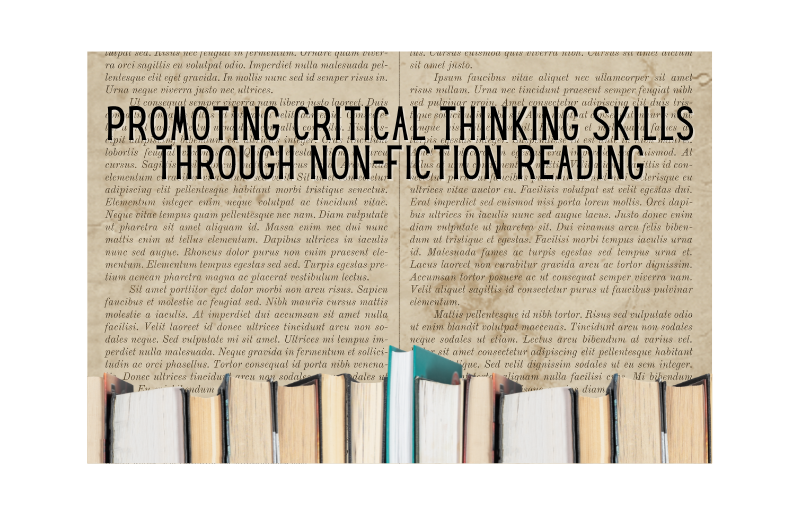
Integrating non-fiction readings into high school education is key for promoting critical thinking.
These materials connect students to actual events and debates, helping them form their views on intricate topics.
When teachers combine these readings with classic novels, it prompts students to find parallels between the literary themes and real-world challenges, enriching their learning and analytical skills.
It can help students develop essential skills, such as evaluating sources, analyzing arguments, and synthesizing information.
By exposing them to a variety of non-fiction texts, teachers can help them become more effective readers, writers, and critical thinkers.
It can help students build their knowledge and understanding of the world, which enhances their engagement and interest in the literature they are studying.
By providing a broader context for the themes and issues presented in classic novels, non-fiction readings can deepen students’ appreciation for the literature and help them see its relevance to their lives.
Highlighting Empathy and Understanding
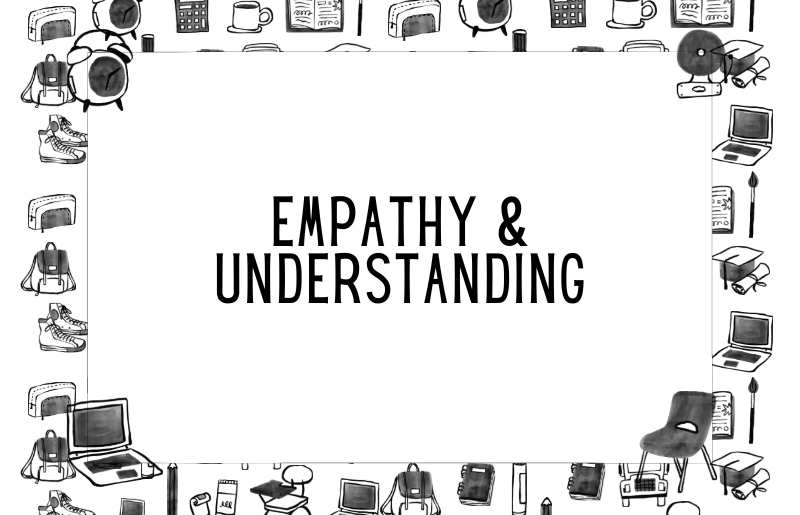
In a world where different cultures, beliefs, and lifestyles often clash, fostering empathy and understanding in our youth is important.
One way to achieve this is through reading literature and discussing current events in the classroom.
When students read books that feature characters from diverse backgrounds or that tackle sensitive issues, it allows them to see the world through someone else’s eyes.
They can learn about experiences that are different from their own, and develop an appreciation for the perspectives of others.
This can also help to break down stereotypes and prejudices they may have unknowingly absorbed from their surroundings.
Pairing literature with current events can further enhance this experience.
For example, reading “To Kill a Mockingbird” by Harper Lee, a classic novel that tackles racism and prejudice while discussing news articles about similar issues happening in the present day, can help students make connections and deepen their understanding of a specific problem.
As a mentor, I share my knowledge with educators worldwide, believing in the power of collective wisdom to shape a better future.
My leadership has turned Talks With Teachers into a haven for educators to grow and celebrate their profession, truly embodying the organization’s pioneering and caring ethos.
Related Posts:
- 10 Most Dangerous High Schools in Los Angeles - A…
- Essential Back to School Checklist for Teachers -…
- What Is a Title 1 School - The Impact on American Education
- 5 Worst School Districts in California 2024:…
- The Transformative Impact of Speech-Language Therapy…
- How Many Weeks Are In A School Year? US and…




